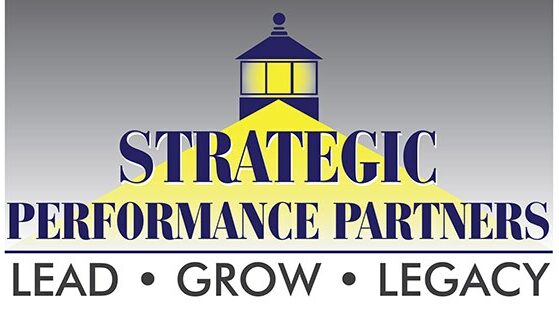I’ve had the pleasure of working with some incredible nonprofit leaders over the years. I will never forget Pat Showell, retired CEO of a large human services organization in Atlanta and a wonderful sprit. She truly understood and stood behind the saying “it takes money to make money.” What are the keys to being a thriving Executive Director today?
Unfortunately, I have worked for or with too many executive directors of nonprofits over the past 28 years who don’t get that saying and who actually spend a lot of time trying to do more by spending less. Of course, I understand that nonprofits must maintain fiduciary responsibility and have far less spending flexibility than for-profits. But, it still takes money to raise money.
I’ve developed 7 Success Habits for nonprofit leaders and 5 out of the 7 require financial resources. I hope to inspire nonprofit professionals who are already in the trenches and students who have nonprofit leadership plans at the top of their career goals.
- Operate from a Point of Abundance. This is a mental shift for most nonprofit leaders but without this way of thinking the financial challenges of meeting the needs of your community will continue to slow down or halt progress. When I worked for Theatrical Outfit in Atlanta, our Executive Artistic Director Tom Key kept a sign on the wall behind his desk that read, “Believe in Miracles.” It really shaped who he was and how he looked at obstacles. He always approached a budget shortfall or financial need for this nonprofit theatre company from a belief system that the money would come and the needs would be met. He has incredible faith and faith does work because the money would simply show up. Too often nonprofit leaders approach a financial challenge with a doom and gloom attitude and this feeds a frenzy that spreads quickly among the staff. Who wants to work hard and persevere for something that the leader doesn’t believe can be accomplished?
- Pay yourself. This probably sounds really strange to a for-profit executive and hopefully it is a strange phenomenon for most nonprofit leaders. As a consultant to nonprofits, I meet several nonprofit leaders every year who don’t pay themselves. I recently finished a grant writing project for an arts organization that’s been around for almost 20 years and the leadership still doesn’t pay themselves regularly. As a result, lots of things are influx – including fundraising. I can only imagine that most nonprofit executives need some income from somewhere. So, if the nonprofit isn’t paying them then logically some other resource is helping to ensure that they eat and pay their personal bills. This is not a trick question, but I have to ask: Where do you think the bulk of their time and efforts go – the non-paying nonprofit or the paying resource? Hmmmm.
- Fundraise. If a nonprofit executive director is scared to death to ask potential and existing donors for money they should resign from that position immediately. The Development Director is there to plan, support and guide the fundraising of the organization not be the chief solicitor – especially the big ones. Being a fundraiser is top of the list among job responsibilities for any executive. Funding sources want to hear from the person who is accountable for ensuring that the organization meets its objectives and goals. Yes, board members need to raise money as well but it does not excuse the leader of the organization from building and maintaining donor relationships, and asking for what is needed to do their job.
- Stand up to your Board. I am not encouraging a fight nor drama. Just speak and act with clarity on your responsibilities vs. board responsibilities, always. Boards should have oversight over the big picture stuff like governance and opening doors for the organization (the executive director) to fundraise and develop key community partnerships. They are not responsible for the day-to-day work. That’s the responsibility of the executive director. Don’t allow board creep on this duty. It will derail the success of the organization to grow and funders will start to run.
- Professional Development should be Mandated. Not only should every executive director participate in learning opportunities to improve their skillsets and bring fresh ideas to the organization, their staff should receive the same opportunities. Professional development is often one of the first line items to be cut when budget cuts are required. This is counter-productive. A qualified and motivated workforce is critically needed for any organization to thrive.
- Pay your Bills. I suspect that nonprofits have some of the worse credit. I’ve experienced some very uncomfortable moments in my career when I call a vendor – perhaps to secure printing services for an upcoming donor mailer – and get an ear full about how the organization owes money or is always late. Basically, good financial stewardship practice is a must for any nonprofit executive. The buck should stop and flow from the person in charge.
- Leave your Office Regularly and Meet people. Executive Directors are the spokespeople for the organization and should find consistent times every week to network, speak on behalf of the organization at strategic opportunities, thank donors face-to-face, and cultivate potential donors in person. If an executive is not leaving because they are afraid to leave the shop to their staff, then go back and follow the other steps and watch that excuse disappear.

